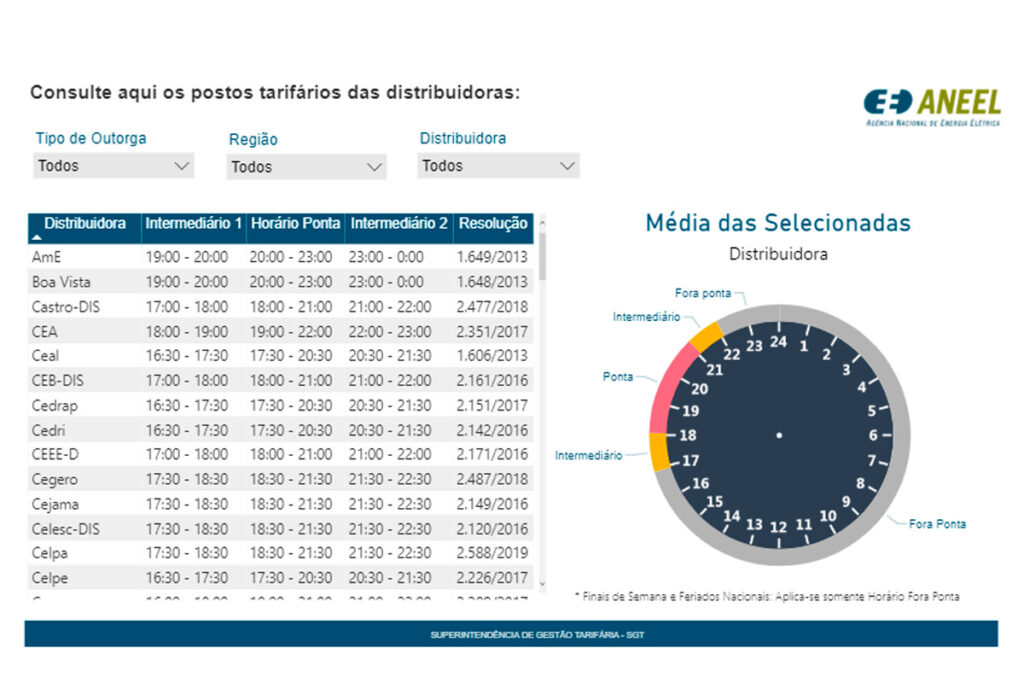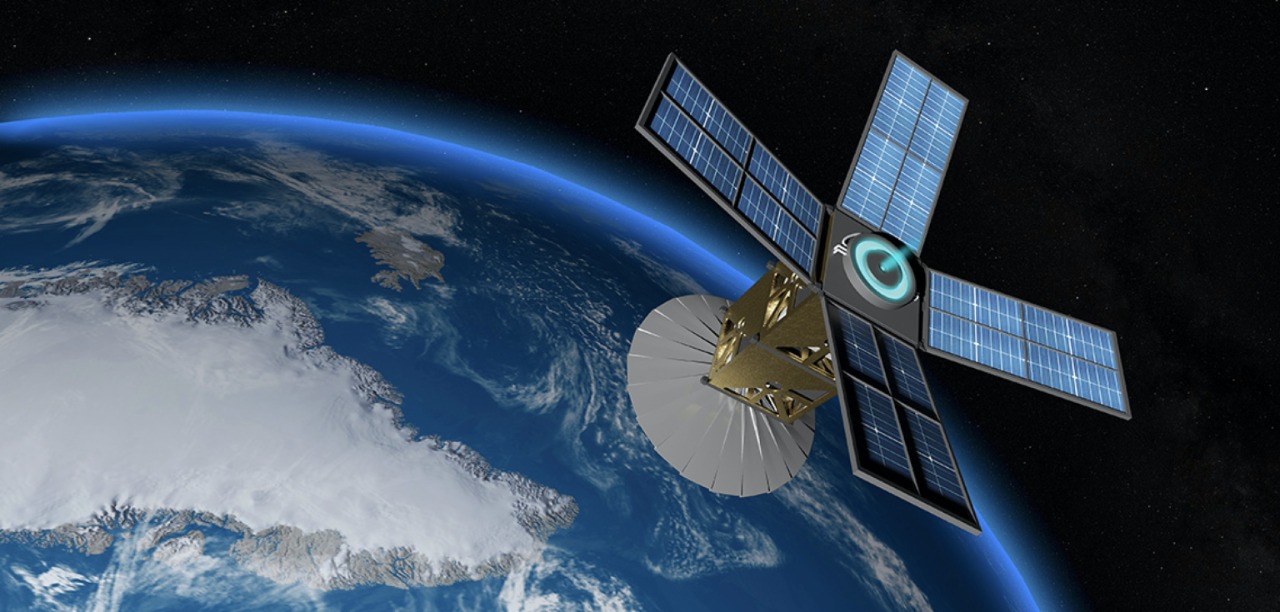
White Tariff
Since the first day of this year, the National Electric Energy Agency (ANEEL) has released a new tariff option for low voltage Consumer Units (UC), the so-called class B, which comprises residential, rural and commercial units. Important: for those who already qualify as “Residential Low Income” class, this option is not available.
The White Rate is an option that will measure consumption per hour and not per day, as in the Conventional Rate. This allows consumption to be separated into three intervals, or tariff points: peak period, intermediate period and off-peak period. Each of these periods will have a different tariff, that is, the value of the kilowatt-hour will vary throughout the day.
The peak period is called the period of greatest consumption of electricity in the region, while the intermediate period is up to two hours before and after the peak period. The off-peak period includes the remaining hours of the day. The figure below shows these periods throughout the average day for distributors, to view tariffs for your distributor and find out more about tariff stations, click here.

To find out if your home or business is worth migrating to this new tariff, just click here and access the item “In which situations is migration to the White Tariff advantageous”. If you are interested in migrating to the White Tariff, request it from your distributor, it must fulfill your request and change your electricity meter within 30 days. In addition, you can return to the Conventional Rate if you change your mind.
Why migrate to the White Tariff?
As a consumer, it is interesting to migrate to the White Rate if your consumption is outside peak and intermediate hours, where electricity consumption is higher and, therefore, the kilowatt-hour value will be more expensive. For the Brazilian electricity generation and distribution system, this initiative is important because it seeks to distribute peak consumption during off-peak hours, in an attempt to homogenize energy demand.
What is the difference between the White Rate and the Conventional Rate?
The Conventional Rate calculates the value of the kilowatt-hour based on the total cost of energy generation and distribution, so you will pay the same amount using energy at all times of the day. The White Rate calculates the value of the kilowatt-hour according to the demand in that period, so if you use more electricity outside peak hours, the price paid for the energy used will be less than the Conventional Rate, if you use more during peak hours, you will pay more than the conventional rate. This is because, when charging for a period, it is possible to price energy according to demand, generating savings for those who prefer to use energy at times with low demand.
Why create the White Tariff?
It is important to note that all power generation projects and transmission and distribution structures are sized to meet the highest expected demand (peak period), being idle for the remaining period. The idea of the White Tariff is to reduce the value of energy consumed outside peak hours precisely to stimulate the change in consumer habits and make the demand for electricity more homogeneous, bringing benefits in two ways. The first is that by decreasing demand during peak periods, we relieve the generation and distribution systems, the second is that we reduce the idleness of these systems in other periods, improving the effectiveness of investments in the energy sector.
Natália Ferrazza


